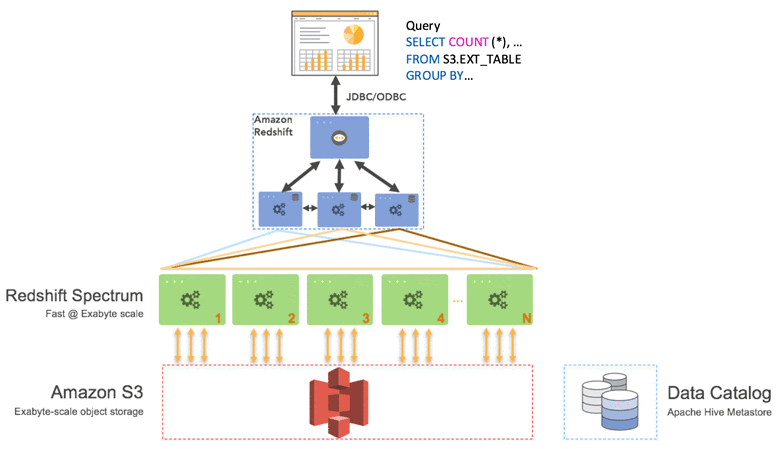
The remainder of this post describes our approach and learnings in detail. This made it difficult to coordinate the various activities around this project.Ĭhallenges notwithstanding, we were able to successfully complete the migration in two months.
#Airflow etl redshift code#
But this has also created an unwanted amount of legacy code through our data infrastructure. Our data pipelines have grown significantly in the last few years. There were significant cost savings in using a single data warehouse instead of two.Hence, it made sense to store all data in a single data warehouse.

Marketing ) were already using BigQuery due to its deeper integration with Google Analytics and Adwords. It is also much more forgiving of poorly written legacy code. We found BigQuery performance to be orders of magnitude better than Redshift for our use cases.

Although Redshift has improved quite a lot in this area (with concurrency scaling, elastic resize etc.), it is still not as hands-free as BigQuery. Redshift requires non trivial amount of effort to keep running.Our BI data pipelines were traditionally run on AWS for legacy reasons ¹ and it was time for us to align with the rest of the organization. The rest of our company’s infrastructure runs on Google Cloud.My team recently migrated our data warehouse at Omio from AWS Redshift to Google BigQuery. We recently migrated our data warehouse at Omio from AWS Redshift to Google BigQuery. On Data-Engineering, Datawarehouse, Bigquery, and Redshift How we migrated our data warehouse from Redshift to BigQuery | Miles 2 code Home Subscribe How we migrated our data warehouse from Redshift to BigQuery


 0 kommentar(er)
0 kommentar(er)
